Math at Home Aligns with Bridges in Mathematics
Both Math at Home and Bridges in Mathematics were created with three core beliefs in mind:
- Learning is a collaborative and social endeavor.
- Learning is a process of constructing meaning to make sense of concepts.
- Learning requires perseverance and willingness to experience disequilibrium.
The activities of Math at Home are aligned to Bridges in Mathematics but can be used with any curriculum.
In & Out of the Classroom
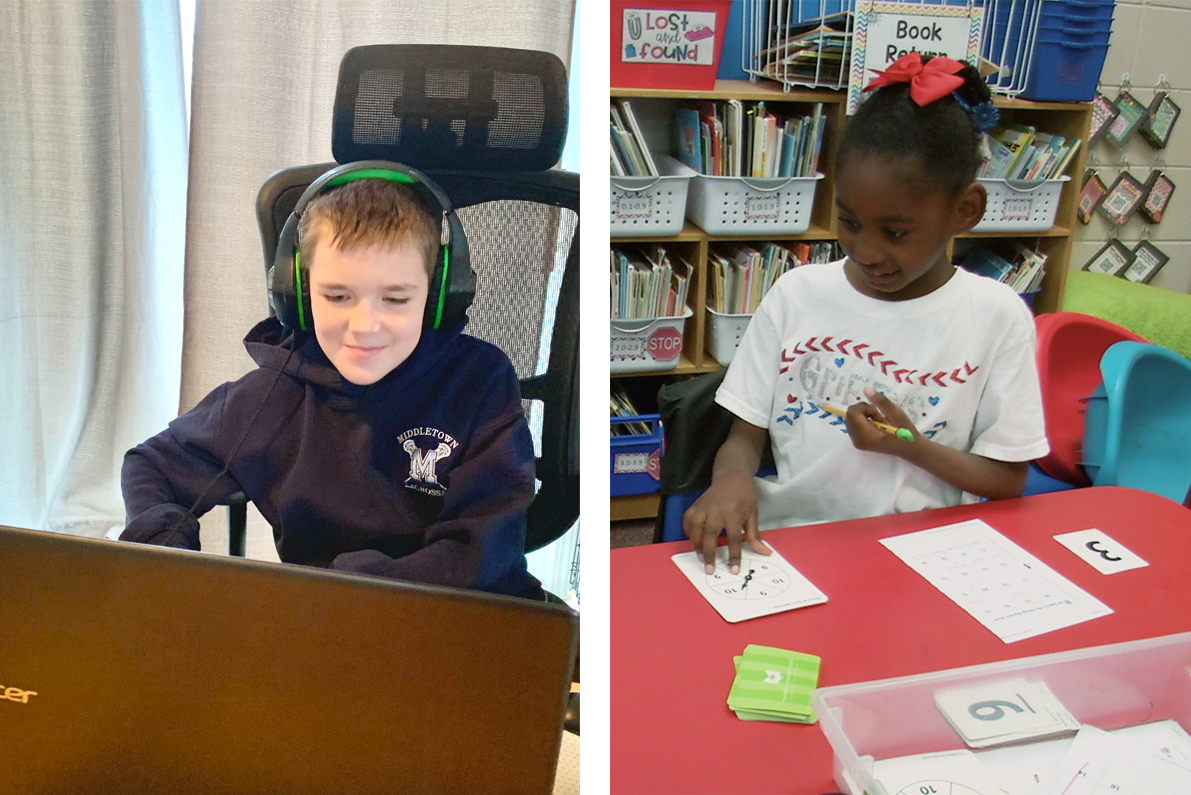
As our educational landscape is changing, Math at Home can help you respond to your students’ needs. There are many ways to use Math at Home activities.
- In-class, as a warm-up or during choice time
- During synchronous virtual classroom instruction
- As independent tasks for a cohort of students out of the classroom, while instructing another cohort of students who participate in class
- As homework assignments
Math at Home activities are available as Google Docs. Educators can make their own copies to share and use with Google Classroom and other learning management systems.
Activities to Promote Deep Thinking
Math at Home activities include a variety of math routines that invite students to engage in meaningful mathematical problem solving and discourse. The routines include:
What Comes Next?

Look for patterns in a sequence of pictures. Then decide what could come next in the sequence. Take it to the next level by writing equations, using math words, or making your own new sequence to share with others.
Which One Doesn’t Belong?
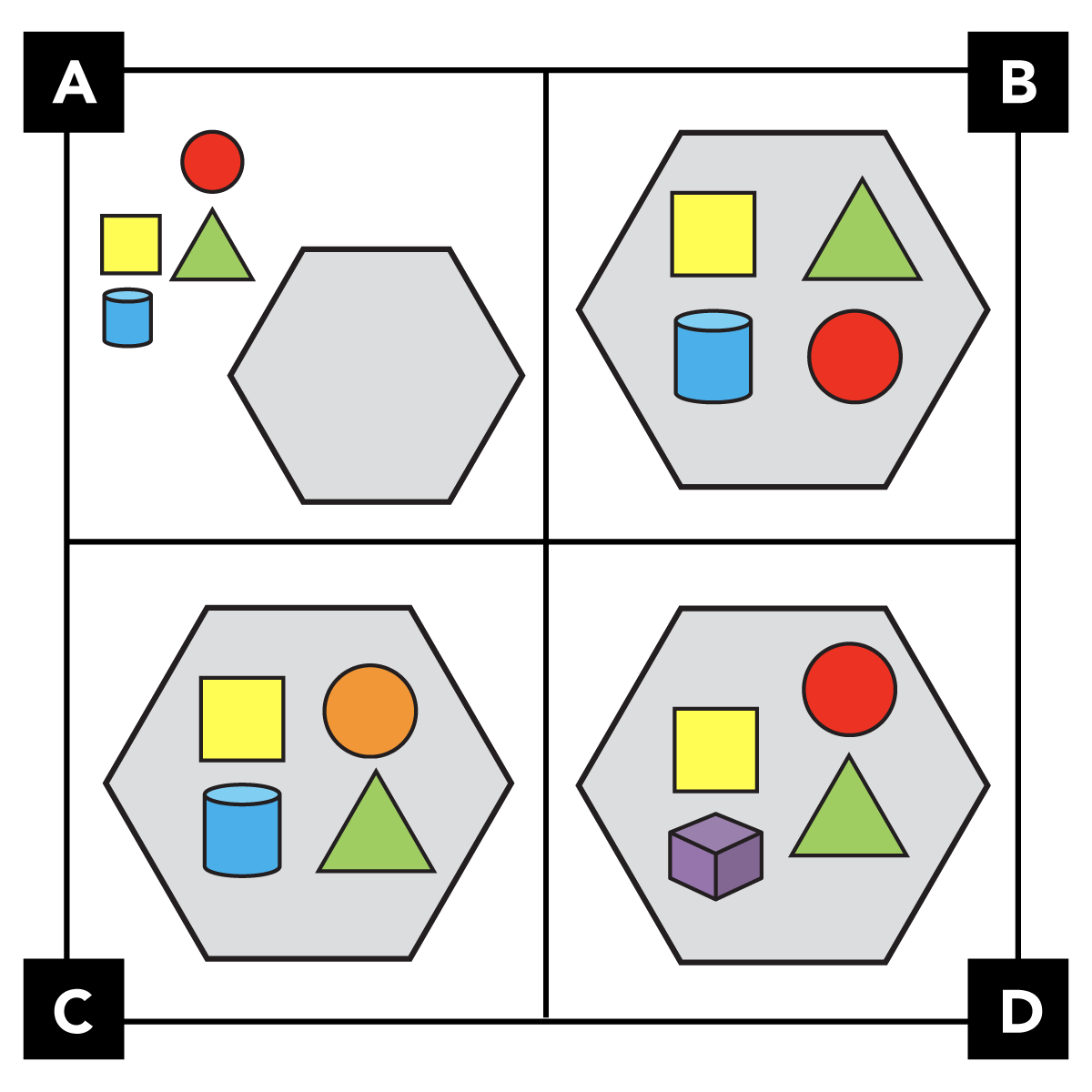
Look at a set of four pictures. Decide which one doesn’t belong. Why doesn’t it belong? Use math words to describe your thinking. There are lots of ways to think about each one! Take it to the next level by figuring out a reason why each picture might not belong.
Today’s Number
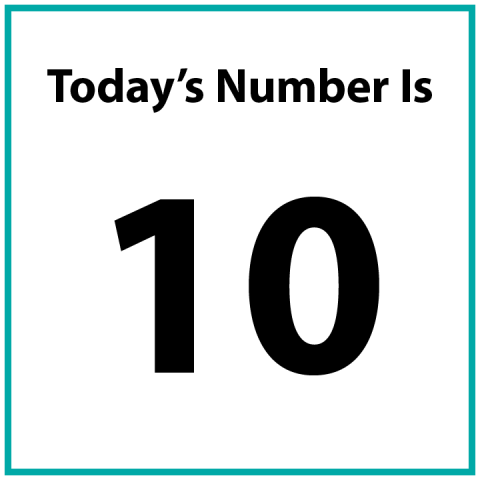
Find as many ways as you can to represent a number using pictures, words, equations, models, and situations. Write a story problem to go with one or more of your ways. Challenge yourself to find as many different representations as possible!
How Many?

Look at a picture and find as many ways as you can to answer the question “How many?” There are always many things to count and many ways to think about each image. Take it to the next level by writing equations to describe your thinking or finding a way that no one else you’ve shared it with has thought of.
Math in Our World
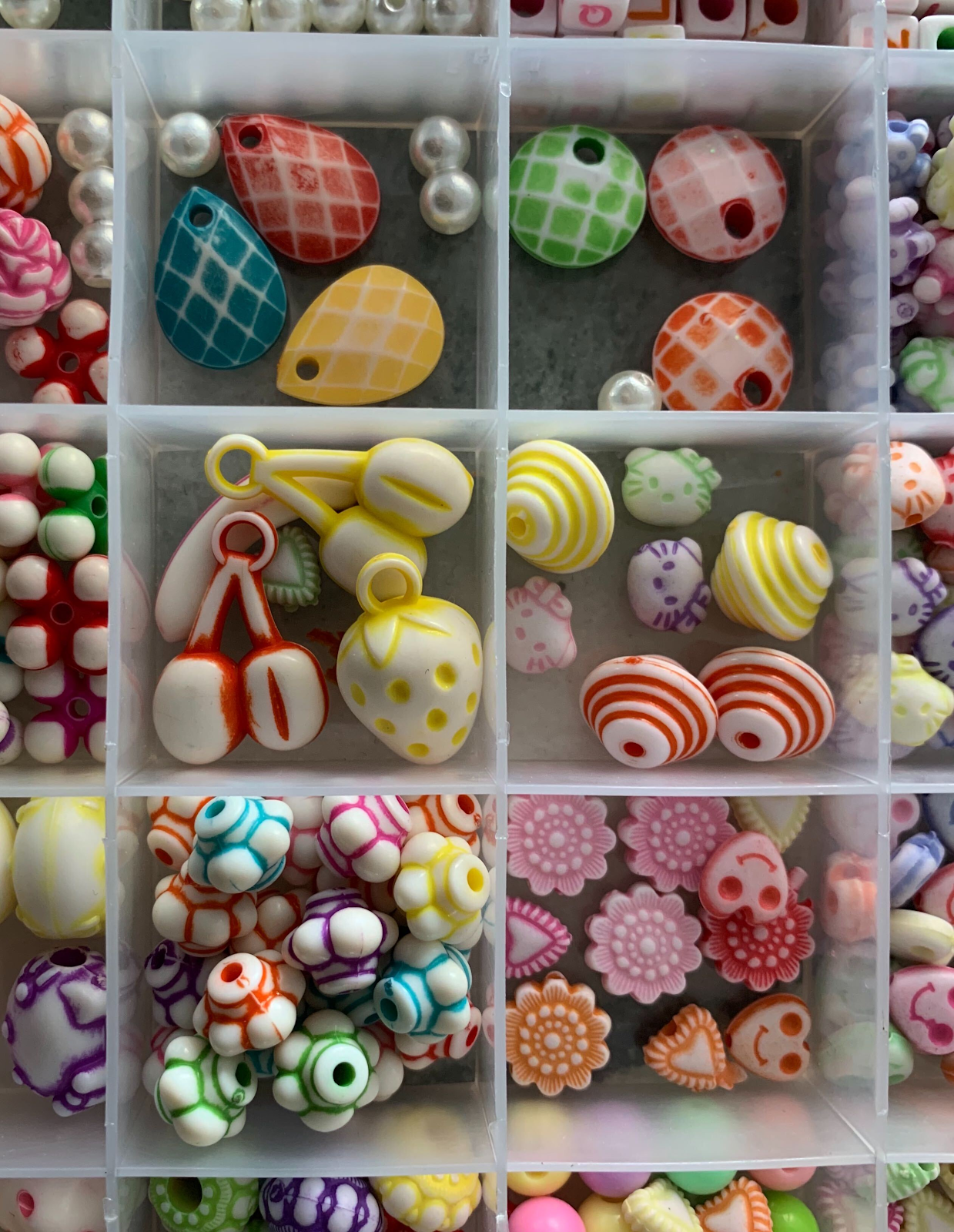
Solve problems about math in our homes and the world around us. These problems feature glimpses into other families’ lives. Many of the problem situations can be extended. Take it to the next level by writing and solving your own problems about the situation.
How Many Are Hidden? (K–2)
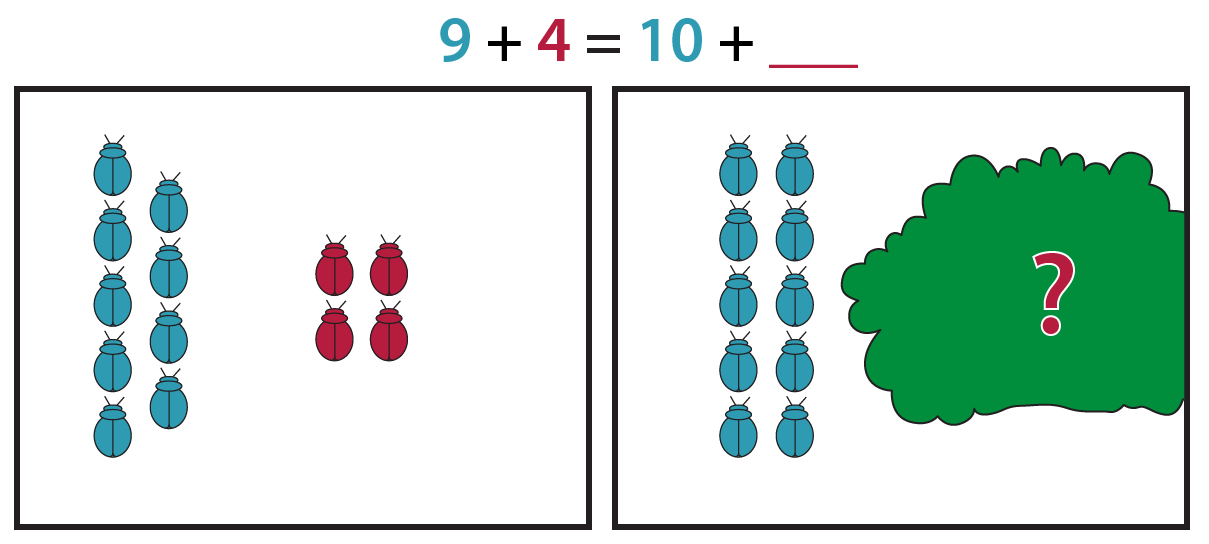
Look at the pictures. Determine how many objects are in the first set shown. Use what you know about addition, subtraction, and equality to determine how many are hidden in the second set. Take it to the next level by creating another set of pictures and equations to show equivalent expressions.
Mobile Math (3–5)

Look at the mobile. Use your understanding of equality, number relationships, and operations to begin thinking algebraically and discover the value of unknown quantities. Take it to the next level by changing a value within the mobile, or by identifying patterns and rules about the values of the shapes.
Would You Rather?
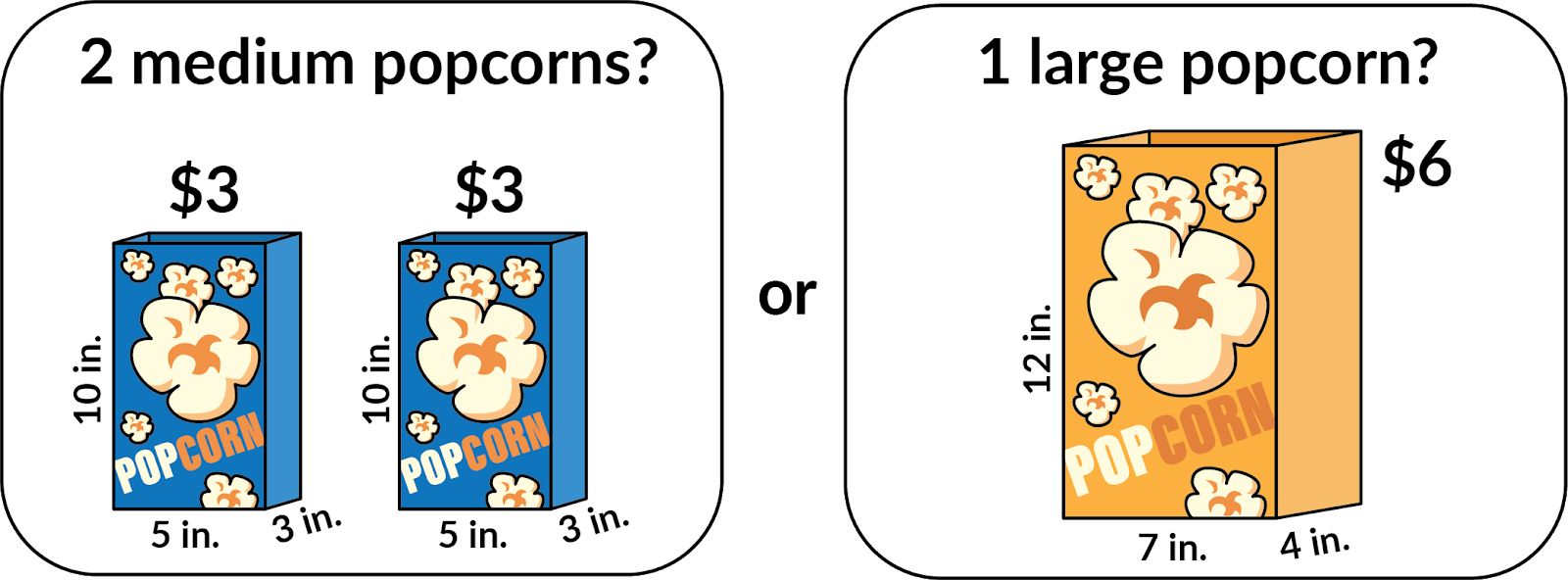
Observe and analyze two different situations. Make a decision about which situation you would choose based on the information given. Justify your choice mathematically, and create your own WYR puzzles. Take it to the next level by considering why someone might make a different choice.
Same & Different
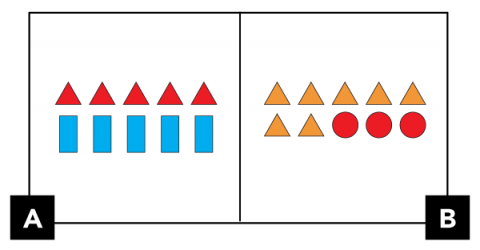
Compare and contrast two images with observable similarities and differences. Make mathematical comparisons and justify your thinking. Take it to the next level by creating a third image that relates to the other two images.
Guess My Rule
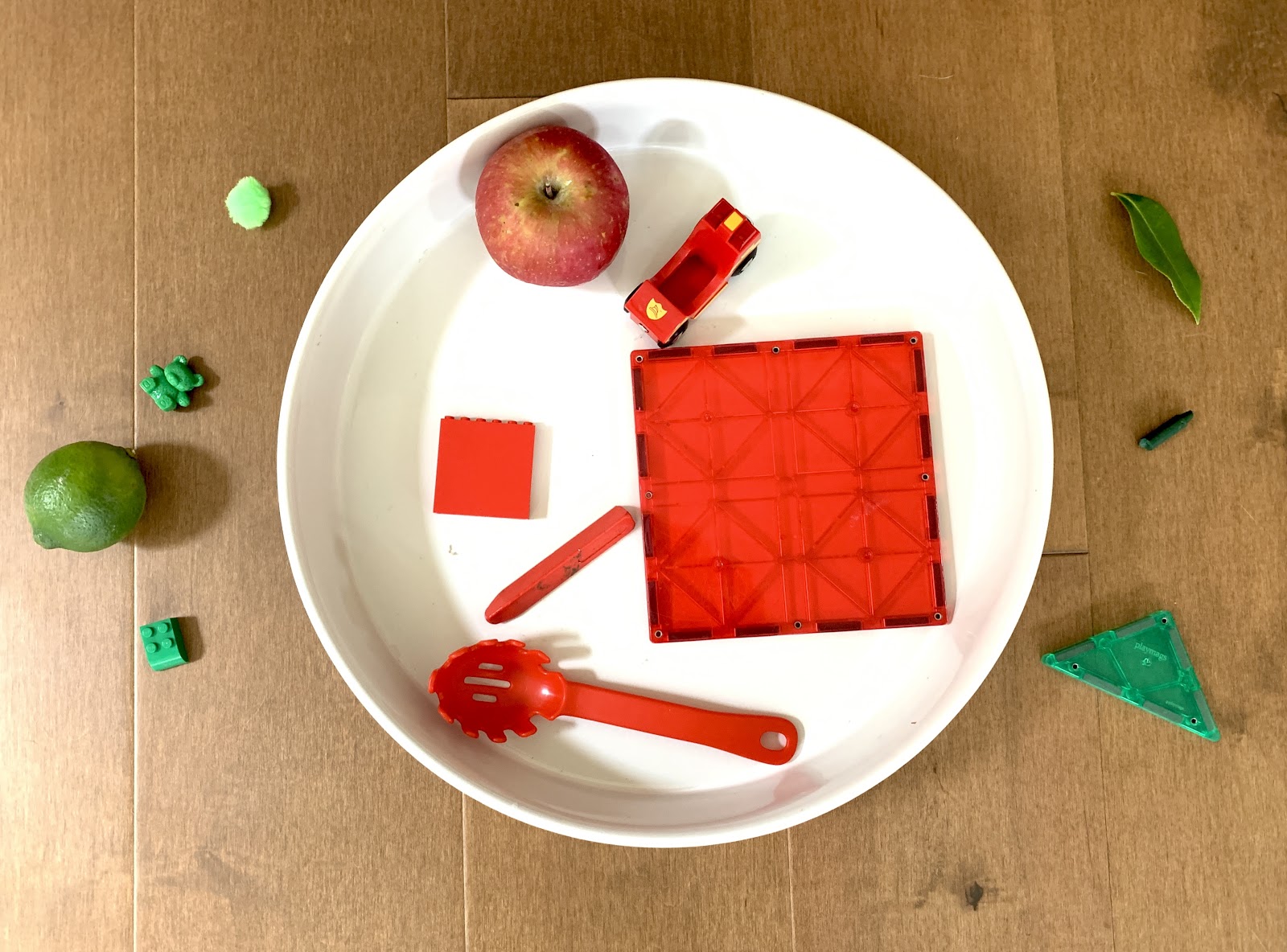
Examine a set or sets of numbers or objects within a circle. Then determine a rule used to include or exclude from the circle. Analyze whether other numbers or objects follow the rule. Take it to the next level by creating your own rules and a set of examples that follow the rules.
What Might Students Say?
Examples of student work accompany every Math at Home activity. As Math at Home activities provide students multiple access points and invite them to think deeply, it is important to note that the sample responses are not a definitive answer key. There are often multiple possible correct answers, and always more than one way students might solve the problem. Encourage students to use strategies that make sense to them.
For some students, their mathematical understanding might exceed their ability to explain their thinking in writing. As an alternative, you might invite students to draw models to support their thinking and record their verbal explanations.
It’s All Fun & Games
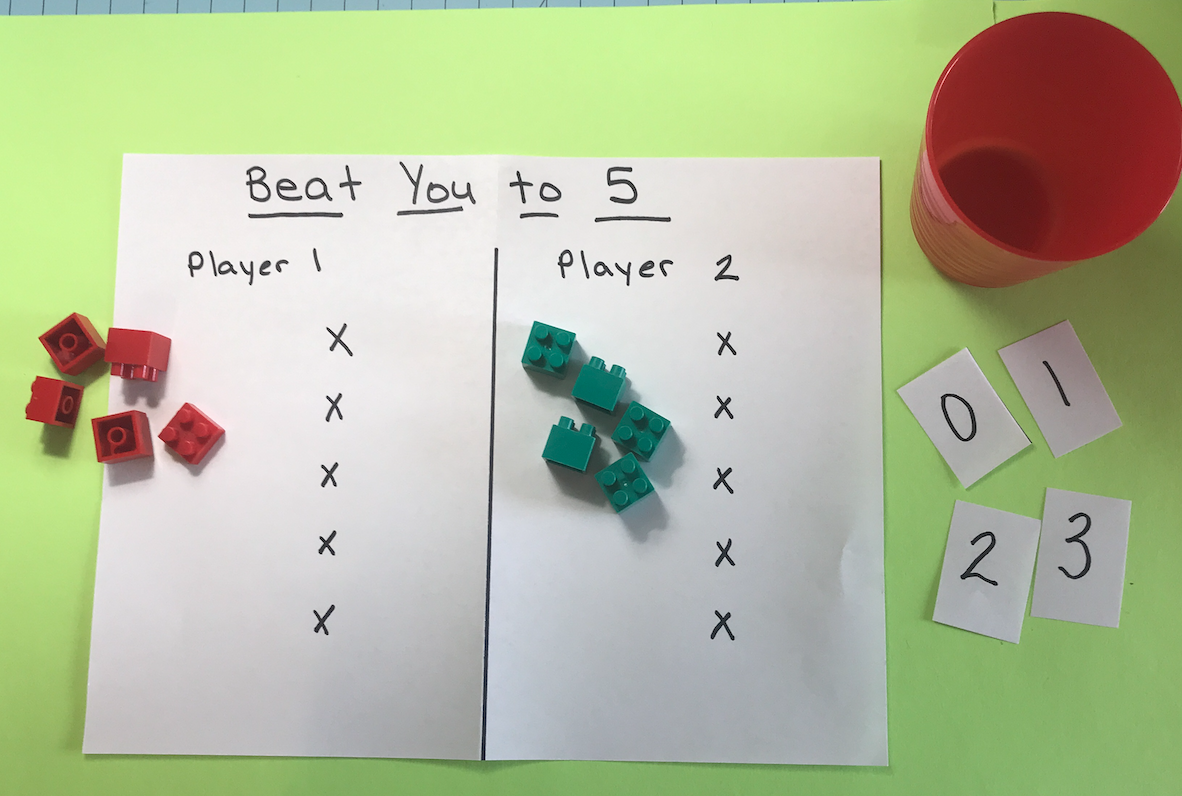
Math at Home includes three options for games.
- Home Games are designed to be played with a family member or friend at home and require minimal materials. Options for both printable and home-created game boards and materials are included.
- Digital Work Places are available for students to play on computers or tablets at home. Each game includes digital versions of the materials needed (eg., playing cards, dice, spinners) and directions for at-home play.
- Online Games offers a curated list of third-party resources for further exploration of grade-level mathematical content.